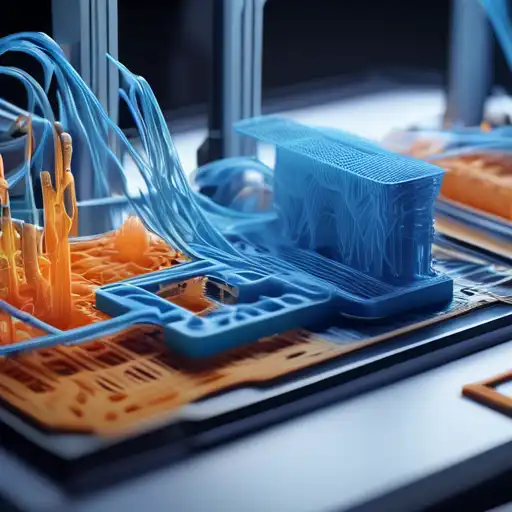The Revolutionary World of 3D Printing: Building Tomorrow Today
3D printing, also known as additive manufacturing, has emerged as a groundbreaking technology that is reshaping industries, from healthcare to aerospace. By building objects layer by layer, 3D printing offers unparalleled flexibility in design and production, enabling the creation of complex geometries that were previously impossible or too costly to manufacture.
How 3D Printing Works
At its core, 3D printing involves the process of creating three-dimensional objects from a digital file. The printer reads the design and lays down successive layers of material until the object is fully formed. Materials can range from plastics and metals to ceramics and even living cells, opening up a world of possibilities for innovation.
The Benefits of 3D Printing
One of the most significant advantages of 3D printing is its ability to reduce waste by using only the material needed to create the object. This not only makes it more environmentally friendly but also cost-effective. Additionally, 3D printing allows for rapid prototyping, enabling designers and engineers to test and refine their products faster than ever before.
- Customization: 3D printing makes it easy to customize products to individual needs without significant additional costs.
- Speed: From concept to production, 3D printing can significantly reduce the time it takes to bring a product to market.
- Complexity: The technology excels at creating complex, intricate designs that traditional manufacturing methods cannot achieve.
Applications of 3D Printing
3D printing is being utilized in a variety of fields, demonstrating its versatility and potential to revolutionize how we create and consume products. In the medical field, it's used for creating prosthetics, dental implants, and even bioprinting tissues. In the automotive and aerospace industries, companies are printing parts that are lighter and stronger than those made through conventional methods.
The Future of 3D Printing
As the technology continues to evolve, the potential applications of 3D printing are boundless. Researchers are exploring the use of 3D printing in construction, with the aim of printing entire buildings. There's also growing interest in food printing, which could transform the way we prepare and consume meals. With ongoing advancements in materials and printing techniques, 3D printing is set to play a pivotal role in the future of manufacturing and beyond.
For those interested in exploring the possibilities of 3D printing, numerous resources and communities are available to help beginners get started. Whether you're a hobbyist looking to create custom items or a business seeking to innovate, 3D printing offers a world of opportunities.
As we look to the future, it's clear that 3D printing will continue to be a key driver of innovation, enabling us to build tomorrow's world today, layer by layer.
